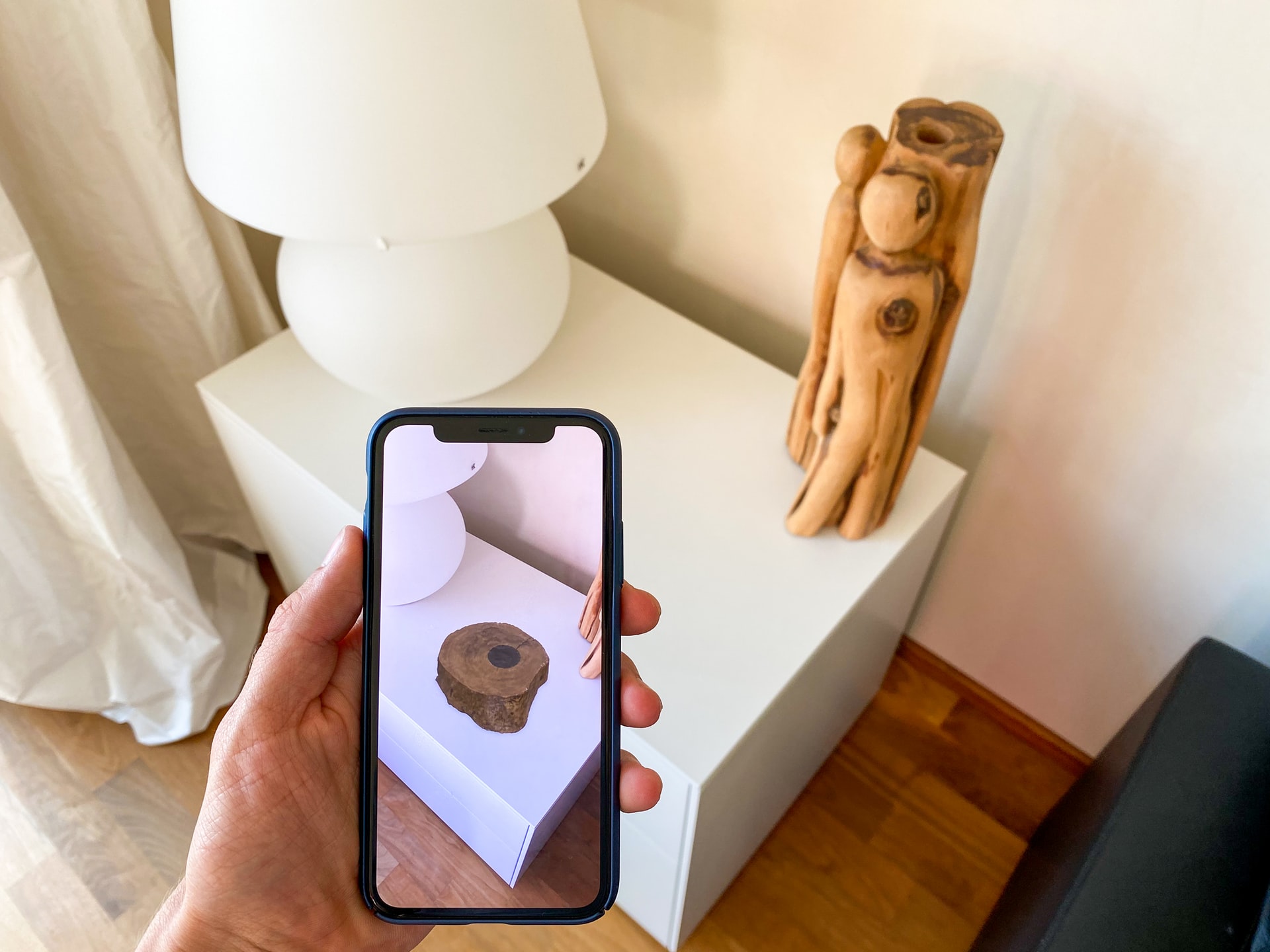
The 5 Latest Developments in Augmented Reality · Swag Soft
As people demand more and more from information technology, from the practical and the productive to needs related to entertainment, recreation, and simple curiosity, the more Augmented Reality (AR) comes to the fore. While early iterations like Pokemon Go and Google Glass come and go, more AR-focused developers deliver increasingly attractive and usable products. This year, there are more serious contenders for AR that appear to have a chance at going mainstream. We spoke with some of the software experts at Singapore augmented reality development company, Swagsoft, to find out which AR offerings to look out for in 2022. Here is some of what we learned.
Five Exciting AR Development Projects for 2022
Rather than offering games that encourage players to wander into traffic, augmented reality is moving toward using the things we are already sold on to enhance the everyday world.
3D Search Engine Results
At present, when you perform a Google search, you get a list of text results in a given order, but not in an order that suits your interests or the way you tend to organize your thoughts. Searching in a physical store is different. You can up and down isles. If nothing of interest is in your immediate area, you can look far for a chance to spot more clues.
Augmented reality Singapore developers are interested in turning search results into something you can scan in a more natural way. Rather than scrolling, you like just glance down a series of results and instantly decide whether or not to continue or switch to another “aisle”. The Swagsoft team says, “Why not incorporate the natural visual intelligence that humans bring to the table into the equation”? They suggest that letting more human senses interact with current search tech will make the machine seem more powerful without it actually being as powerful as it seems.
“Phygital” Retail Clothing & Accessory Outlets
As more and more people shy away from visiting physical stores in person, developers are looking for ways to bridge the gap. A study by IBM shows that 73% of people who once frequented shopping centers now feel unsafe visiting physical locations.
Now, AR developers are looking into ways to use filters to let people “try on” makeup, clothing, and other accessories virtually. Rather than traveling to a retail outlet, an online “smart mirror” could let you see what you would look like in a hat, jacket, or jeans. Ladies could test out the new lip gloss. You might even try out a new watch or backpack.
Experts say it would take some time before sizing could be accurately represented, but it’s probably not beyond the realm of possibility.
Self-Service E-Commerce
Major retail-adolescent companies like Shopify have been working on ways to bring shopping opportunities further into the comfort of people’s homes. Shopify introduced an AR feature in 2018 and has been working ever since to refine the capability. By working with 3D modeling companies, Shopify has been able to create fully virtual versions of existing warehouses.
More recently, they have added a “Quick Look” feature that supports the expansion of virtual inventory to smaller retail outlets, making it possible for even mom and pop shops to offer remote AR shopping capabilities to their local customers.
To be truly self-service, customers would need to be able to navigate these warehouses virtually, something that could once only be imagined as possible using telepresence.
AR Livestreaming
Having been proven by its popularity in China, AR live stream shopping is beginning to take off in the West. Sprout Social described it as “[…] a mix of a video stream, variety show, and group chat”, AR live streaming has the potential to allow online content to share live shopping experiences with customers.
Using existing digital cues like QR codes, the tech could automatically incorporate interactive features that would allow viewers to investigate products that the live-streamer caught on camera, whether or not they actually touch or talk about the item. Our Swagsoft contacts said it would be something like sitting on the shoulder of the live presenter, able to reach out and interact with their environment from any internet-capable terminal.
NFTs in the Metaverse
NFTs are already a popular and useful way for people to interact with brands, content creators, and more. NFTs are being used as tickets to live comedy shows, as recipients or as proof of early interaction, and much more.
It is common to share ownership of an NFT by showing an image on a mobile phone. But these useful digital artifacts can also be displayed, used, and even shared in virtual community spaces like Metaverse. These can help users set up exclusive activity areas, events, and more. They can even be collaboratively worked into the curation of a virtual NFT art gallery.
This is one area where augmented reality is already taking off. The only thing holding it back is audiences’ remaining reluctance of many to become fully immersed in the Metaverse.
This content was originally published here.


